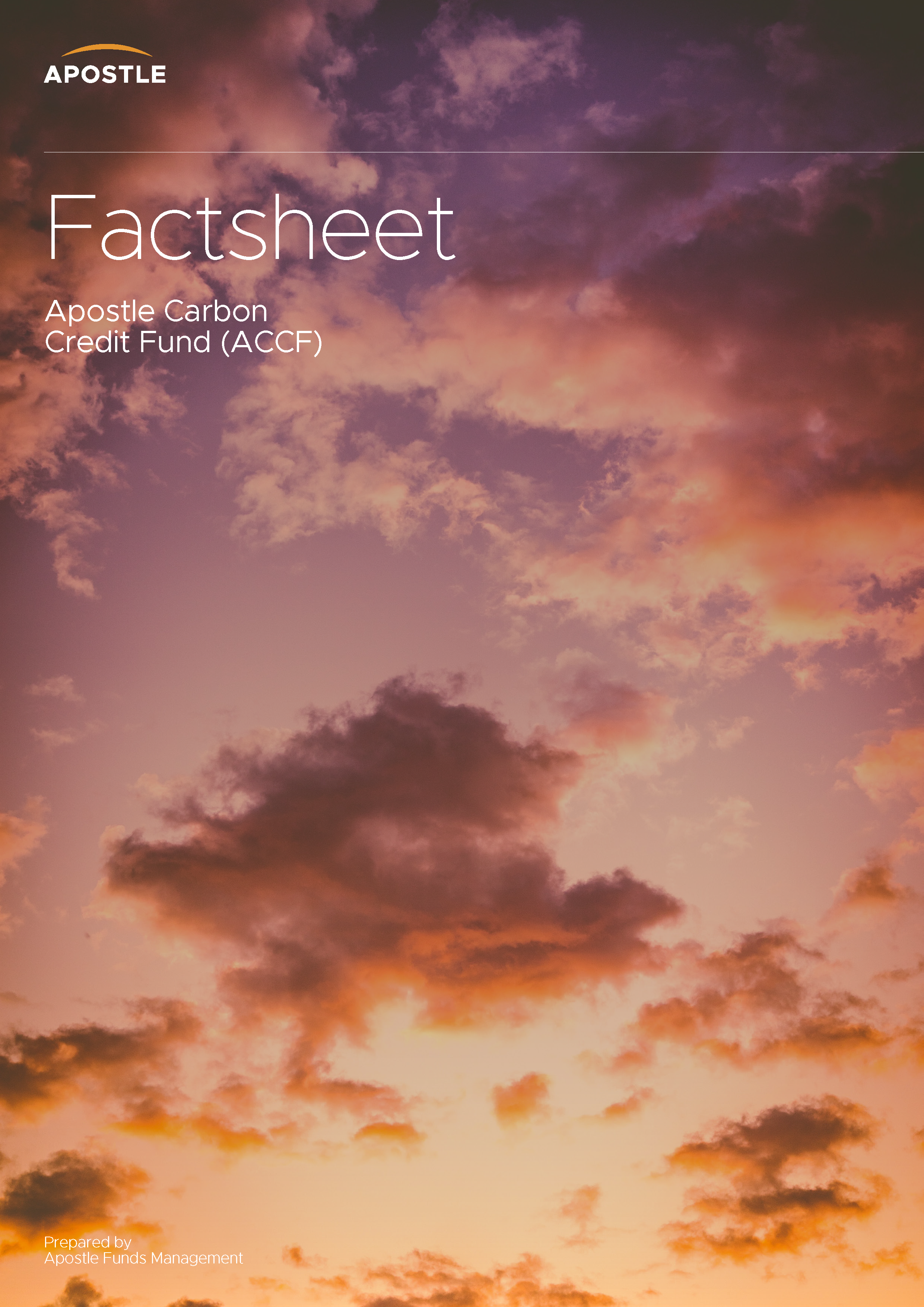The investment philosophy is to provide exposure to regulated global carbon markets with the aim of generating positive social, environmental and governance benefits alongside a strong financial return.
Fund Overview
The Fund is an actively managed strategy focusing on investing in compliance carbon markets globally. The Fund offers institutional and wholesale investors access to the compliance carbon markets of Australia, Europe, the United Kingdom, California and New Zealand.

Primary Objectives
Key Advantages
Diversification benefits
An investment portfolio gains exposure to an alternative liquid asset that has a unique risk/return profile and low correlation with major asset classes.
Investors play a crucial role in creating carbon markets and can contribute to the global net zero movement through participation into these markets.
Carbon markets have a strong outlook with high expected returns which are mandated by governments worldwide and control mechanisms.
Managed within a tracking error budget to the Australian Government’s Your Future, Your Super indices.
As one of the key costs of decarbonisation, carbon prices are expected to be a leading indicator of inflation.
How We Invest
- Carbon markets require dedicated expertise to manage and monitor global markets.
- Weighted benchmark across emerging carbon markets, increasing diversification and exposure to price convergence.
- The Fund only invests in regulated markets which have a long track record of depth and liquidity.
- A portfolio composition of both physical credits and futures
- Actively managed and multiple sources of alpha to provide superior returns at lower risk.
Register Your Interest




